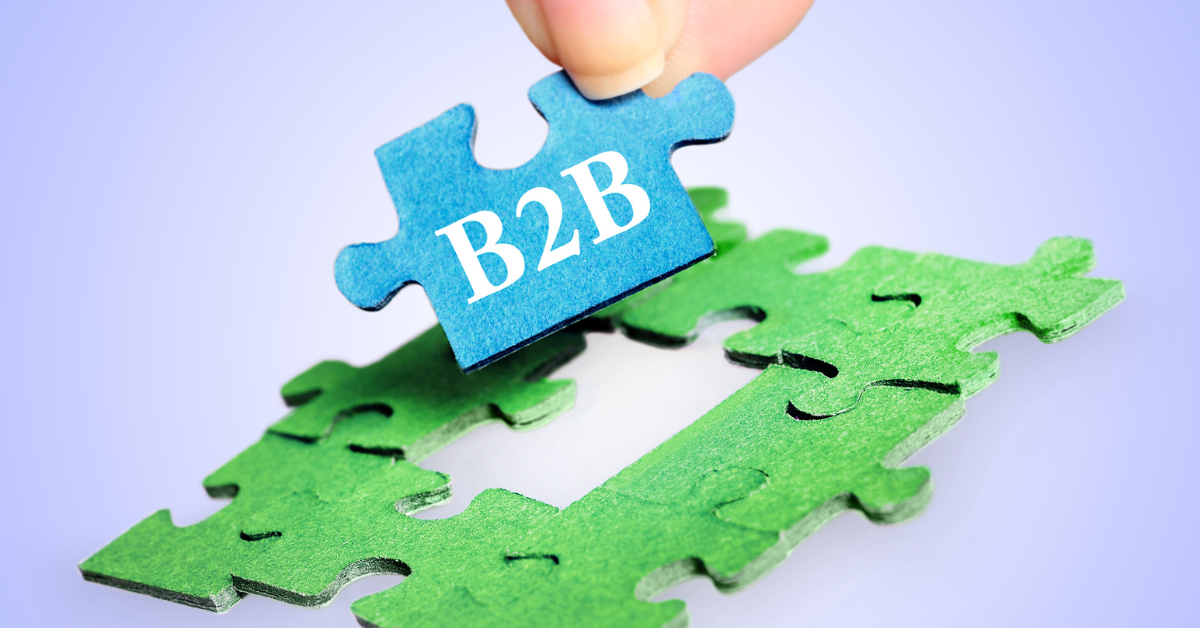Your most important meetings every day are with current and potential clients. This is your chance to connect and understand their needs, wants, and where they aim to go as individuals and as an organization.
Leaders at all levels need to put the necessary effort into having productive conversations. Often staff will show up unprepared, late, and without an agenda. The worst thing they can do is not give themselves enough time to review the data they’ve received that will help them have a successful meeting.
Almost every encounter with a current or potential client should start well before the meeting. I was fortunate enough to learn the core process from leaders years ago and have added to that process based on my experiences.
In every B2B meeting, you have a meeting leader and a group of subject matter experts. All individuals should know and understand their roles beforehand.
Let me provide an example of setting up a pre-application demonstration meeting based on my work for the past 20+ years in sales or sales engineering roles.
As the salesperson, you will lead this meeting. You’re responsible for all parts of the process. The goal is to have everyone prepared and comfortable with the topics they need to discuss.
Make sure everyone knows the date, time, and location (including the meeting link if virtual). I know, this is basic information, but you’d be surprised how many meetings start without getting this one right!
Have a clear agenda addressing why you are having the meeting and what your team will cover. All outside attendees should know who you are and what your company does. They should understand why they are part of the meeting.
Have goals and measurable objectives you hope to accomplish during this meeting. This measurement lets you know if the meeting was successful and that you conveyed the necessary information.
Think about difficult questions you may hear during the meeting. Plan how you will address them. This will help you decide what areas of expertise are required. Choose your internal subject matter experts and decide who answers which questions.
Know the organizational metrics, such as the company website or LinkedIn links, company size, location, and incorporation date. Put together a corporate overview and background on the leadership team. It’s important to know who you’ll be working with, who will be on the call, and who is in charge of what decisions.
Plan how you will move the process forward at the end of the meeting. Ensure the attendees got everything they needed and that your team met their expectations. Take note of what you covered and the next steps. Ask to set dates for future meetings and deliverables to stay connected.
After the meeting, it’s time to perform a “two-by-two” review with your team. Go over the two things you did well during the session and two that need improvement.
This is a lot of work, but if you take the time to do this for your current and future partners, you will establish better connections and build rapport with them. According to Merriman-Webster, “Rapport is a relationship characterized by agreement, mutual understanding, or empathy that makes communication possible or easy.”
In review:
- Plan – put the time in prior
- Manage – set roles & responsibilities
- Strategize – set the meeting goals
- Analyze – answers to difficult questions
- Move Forward – set up the next meeting & next steps
- Provide – provide “push-back” notes on what was covered
- Review – Complete the 2 x 2 Review
The goal is to know “where they are coming from, and where they want to go” better than anyone else. If you continually go above and beyond, this makes the client feel safe. You’re not communicating to change their mind or win a deal. Start by making the client feel comfortable and allow them to open up about their issues and goals. This is your only route to a real solution.
Need help preparing for your next B2B meeting? Let’s connect.


